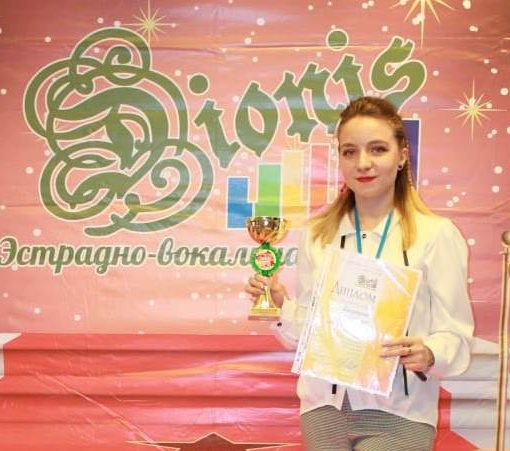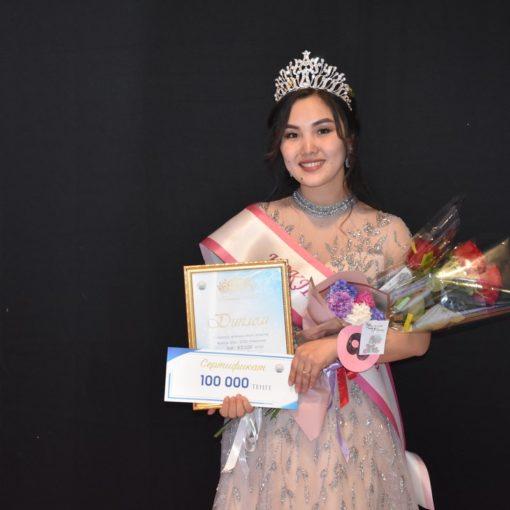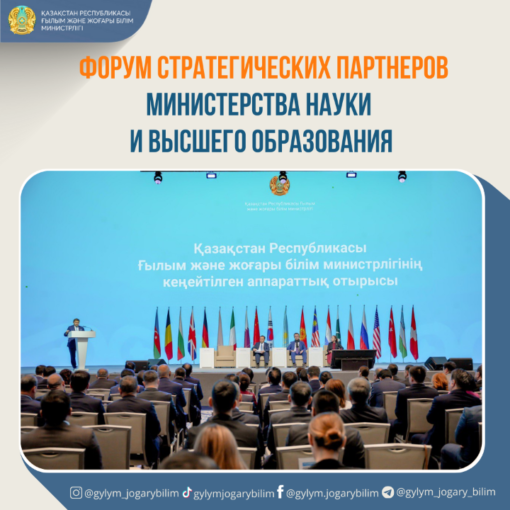March 12, 2020, a local history meeting of students “1%”, ‘Rukhaniyat’ was held with L.P. Andreyuk, a public figure and old-timer of the city. Lyudmila Pavlovna told how they took care of the burial place of V.A. Eifert, a famous painter and art historian with enthusiasts Olga Yasinskaya and Yuri Zabara.
“Eifert Tower” – this was the name of a newspaper article by A.S. Omarova, a researcher of the Karaganda Regional Museum of Fine Arts, about the artist who inspired L.P. Andreyuk to search for the place that lasted for several years.

Vladimir Alexandrovich Eifert (1884-1960) was a man of encyclopedic knowledge and experienced art historian. He was known as deputy director of the Tretyakov Gallery and also as head of the Pushkin Museum in Moscow. He lived and worked in Paris and Germany for several years

Despite his cultural and creative activities, at the beginning of the war because of his German origins, V.A. Eifert was sent to Kazakhstan. Thanks to his creativity and talent, the first art studio where he taught himself appeared in our city.
V.A. Eifert is the founder of Karaganda art. The works of Vladimir Alexandrovich occupy an honorable place at all historical exhibitions of Karaganda Regional Museum of Fine Arts.
The life and work of Vladimir Eifert has always attracted attention of the public and many researchers. Essays, articles, monographs, films and programs were written about him, but, unfortunately, information about the burial place of the artist at the end of XX century was lost and thanks to public activity was restored. To the Day of memory of the victims of political repression on May 29, 2018 the tomb memorial monument was erected on the artist’s grave.
It is necessary to express gratitude to Lyudmila Pavlovna Andreyuk for the return of memory – the search for the burial of Vladimir Eifert, which was crowned with success, thanks to her hard work and tenacity.

Ludmila Pavlovna told us about the life of her father – artist Pavel Stepanovich Andreyuk. He was born in 1923 in Krasnoselka village, Zhitomir region. In 1934, the artist’s family was dispossessed and sent to Karaganda. Pavel Stepanovich was a very unusual man, with the appearance of a formidable and cold, but when they got acquainted with him closer, recognized him on the other hand, as a kind, honest, decent man, able to tell the truth in the eyes and appreciate the real friendship. He can truly be called an “artist – traveler”, his works trace the themes of various landscapes, urban streets of Karaganda, Central Asian motifs. Many old corners of Karaganda are gone, or they have changed, and on the canvases of the artist they remained, becoming a kind of artifacts of the era.
Thanks to such local history meetings, we learn about unique personalities who have made an invaluable contribution to the historical and cultural development of our region.
Youth Association “1%”





